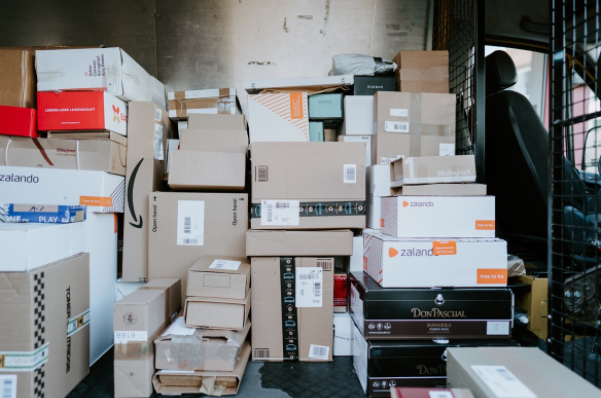Delivering goods to clients is a task that many businesses often need to do. Sometimes it is the responsibility of the client to pick up their items, but many businesses prefer to deliver their products themselves for various reasons. It can take away the issue of uncertainty over whether the client will pay for a delivery, or let alone even show up at all. This article will provide some guidelines for professional deliveries.
Use Freight Shipping
Freight shipping is a great way to deliver goods to clients. Freight shipping requires little effort on your part, as it is taken care of by the freight shipping company you choose. There are 4 types of freight shipping: Less-than-Truckload (LTL) Shipping, Full Truckload (FTL) Shipping, Intermodal LCL Shipping, and Intermodal Full Container Load (FCL). The first 3 types entail the shipment of goods in smaller units while FCL entails shipping goods in a single container. This is usually more expensive but has the advantage of being dropped off in one location. Once you’ve chosen a company, here are some tips on how to communicate with them:
– Communicating with your chosen company is key for a successful delivery. The first thing you need to do is negotiate a priceÂ
– Make sure you describe all the items you want to deliver as precisely as possible,Â
– Include dimensions and weight of each item, along with the quantity
– Include any special instructions you give your freight company that will help them complete their job more effectively. For example, if one of the items is fragile you can instruct them to handle it carefully or disassemble some parts for ease of transport. If you want your items packaged in certain ways, tell your freight company exactly how you want the goods packaged.
– Request an estimated time of arrival (ETA) and if possible, opt for a specific delivery window like 9 am-11 am Monday morning or 10 am-1 pm on Saturday, etc. If your freight company has difficulty in arriving at the requested time, they will usually advise you with a minimum timeframe and a maximum timeframe.
Packaging Your Goods for Delivery
It is important to make sure that you follow any specific packing instructions your client gives you when they request their goods be delivered. If they do not provide any, it is up to you to ensure the delivery of the items in good condition.Â
When packaging your goods for delivery, you can use either pre-packed boxes or bulk packed rolls depending on the nature of the items you are delivering. For example, bulky household appliances are usually best delivered in pre-packed boxes because they are essentially flat and easy to stack. However, if you are delivering delicate goods like glassware or ceramics it is better to use one large roll that can be wrapped in paper or bubble wrap to protect it from damage.
Scheduling a Delivery
It is important to choose a date for your delivery that suits both you and the client. If the client needs their items urgently, you should ensure they are delivered in good time. However, if the client only needs the goods some time down the road, it might be better to not make any promises about delivering on a certain day. This is especially true if you do not know the client well.
Making sure your delivery is scheduled for a time that works for both you and the client will ensure there are no misunderstandings, which could lead to bad reviews. It is also important to consider any constraints your client might have. For example, if you are delivering items to someone who has to be at the receiving end by a certain time, it is likely they will not appreciate being kept waiting for anything over an hour or two. This usually works best when there is somebody else at home that can accept delivery of your freight.Â
Also, before you make your delivery it is important that you contact your client and advise them of your impending arrival with their goods. This means contacting them via phone or email to let them know that they can expect your delivery shortly.Â
Providing an Appropriate Receipt
When your client is receiving their delivery, it is important to hand over any paperwork necessary for them to complete their contract with your company. This includes receipts, invoices, and any other documentation they might need. Ensure you get a signature from your client on the receipt to confirm they have received their delivery in good condition. This will protect both you and your client if there are any problems further down the line.
Delivering your goods to your clients can be a stressful process, but with the right planning and following the instructions of all involved it does not have to be. If you take note of these tips you should find yourself delivering items effectively with minimal stress.
























